Wednesdays with Grace
Some of you may know that my background is Jewish. I began following Jesus as Messiah when I was fifteen, a couple of years after my Bar Mitzvah.
It’s often assumed that Jewish people have a good grasp of the Old Testament. But that’s not always the case, as I know from my own experience.
One day, not long after I put my trust in Jesus, I came across a Bible chapter called Isaiah 53. As I read about a person being “pierced for our transgressions,” I excitedly said to myself, “THIS IS JESUS! I’m reading the Old Testament, but this chapter is talking about Jesus!” There was a brief moment of praise and wonder before I said to myself, “I’ve made an amazing discovery. When I show this to people, I’ll be world famous.” I don’t remember how things developed after that, but I must have quickly discovered I wasn’t the only person to have seen Jesus in that chapter.
Isaiah 53, written around 700 B.C., sets up three expectations. First, a man will be unjustly put to death by piercing (verses 5, 8). Second, he’ll bear other people’s sin and be punished for it (5, 6). And, third, he won’t stay dead (10: “he will see his offspring and prolong his days”; 11: “After the suffering of his soul, he will see the light”). That three-part prophecy is stunningly fulfilled in Jesus.
Picture a three-circle Venn diagram. In one circle: all the people who, like Jesus, have offered salvation from sin. In the next circle: everyone unjustly put to death by piercing. In the third circle: everyone with a credible resurrection claim. How many people in world history are at the heart of the Venn diagram, because they’re in all three circles? Surely Jesus is the only person there. His claim to be God’s promised Savior is unrivaled. We should worship him with the confidence that fulfilled prophecy supplies.
Bernard Howard


